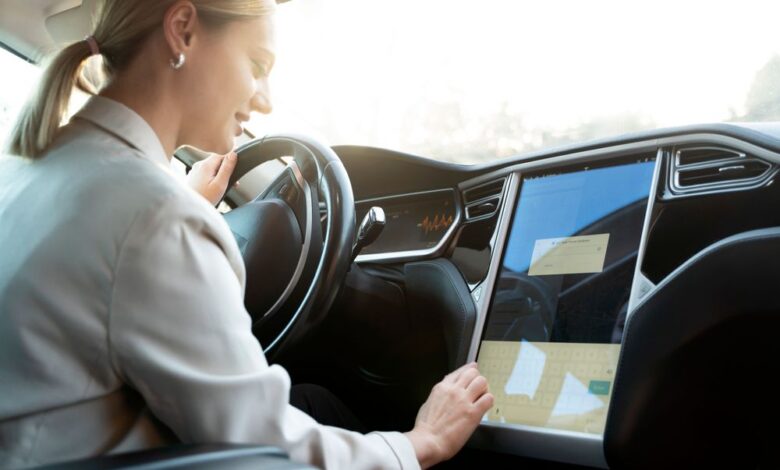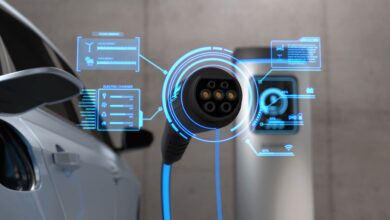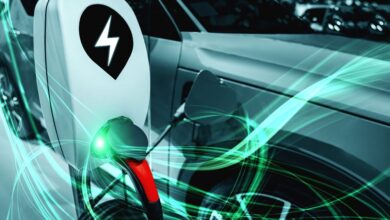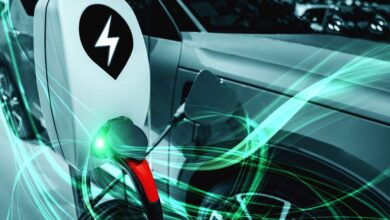Tesla’s Long-Awaited Robotaxi Unveiling Set for October Amid Safety Concerns and Delays

$TSLA
In a pivotal move for Tesla (NASDAQ: TSLA), CEO Elon Musk has confirmed the long-awaited unveiling of the company’s autonomous robotaxi, slated for October 10 in California. This milestone marks the culmination of years of bold promises and persistent delays. Musk initially teased the concept in April 2019, envisioning a future where Tesla owners could deploy their vehicles as self-driving taxis. However, the path to realizing this ambitious vision has been fraught with technological setbacks and regulatory scrutiny.
Tesla’s autonomous journey began with high expectations. During the company’s Autonomy Day on April 22, 2019, Musk boldly predicted that a fleet of a million fully autonomous Tesla vehicles would be operational by 2020. He also dismissed the use of LiDAR—commonly used by competitors—as unnecessary, opting instead for camera-based systems to deliver full autonomy. Musk’s vision included a revolutionary over-the-air update that would transform Tesla cars into robotaxis, but nearly five years later, this vision remains unrealized.
The development of Tesla’s autonomous systems has been accompanied by several high-profile incidents that have raised serious safety concerns. In December 2019, for instance, a Tesla Model 3 operating in Autopilot mode collided with a parked police car, highlighting the limitations of Tesla’s semi-autonomous systems. Despite these issues, Tesla has continued to roll out and update its Autopilot and Full Self-Driving (FSD) software, which remains a Level 2 system—far from the fully autonomous technology originally promised.
Tesla’s efforts to advance its autonomous technology have also drawn the attention of regulators. The National Transportation Safety Board (NTSB) has opened multiple investigations into Tesla’s Autopilot system following several fatal crashes. These probes emphasize the risks associated with autonomous driving technologies and underscore the importance of driver vigilance while using systems like Autopilot. The ongoing scrutiny has added pressure on Tesla to balance innovation with safety.
Recognizing the limitations of upgrading existing vehicles to full autonomy, Musk shifted focus in 2022. During Tesla’s earnings call, he introduced a new plan: a purpose-built robotaxi. Production of this vehicle was expected to begin in 2024, though Tesla has yet to initiate production, leaving the deployment timeline uncertain.
As the unveiling date approaches, the automotive industry is watching closely. Tesla is entering an increasingly competitive space, with rivals like Waymo already establishing a foothold in autonomous transportation. Waymo, a subsidiary of Alphabet (NASDAQ: GOOGL), has made significant strides, launching driverless taxi services in San Francisco and steadily expanding its operations. Unlike Tesla’s camera-first approach, Waymo’s success has hinged on a sophisticated suite of sensors, including LiDAR, which many industry experts consider vital to achieving safe, reliable autonomy.
The October 10 reveal is poised to be a defining moment for Tesla, offering the company a chance to demonstrate tangible progress in the field of autonomous technology. It also presents a critical opportunity to address lingering safety concerns and restore confidence in Tesla’s long-term vision. Yet, the company faces considerable challenges ahead.
**DISCLAIMER: THIS CONTENT IS FOR INFORMATIONAL PURPOSES ONLY AND SHOULD NOT BE INTERPRETED AS INVESTMENT ADVICE. INVESTING INVOLVES RISK, INCLUDING THE POTENTIAL LOSS OF PRINCIPAL. READERS ARE ENCOURAGED TO CONDUCT THEIR OWN RESEARCH AND CONSULT WITH A QUALIFIED FINANCIAL ADVISOR BEFORE MAKING ANY INVESTMENT DECISIONS.**



